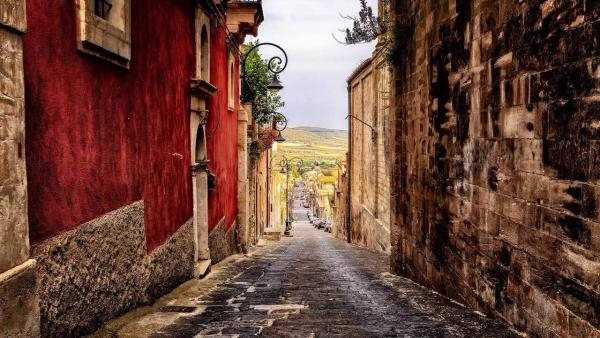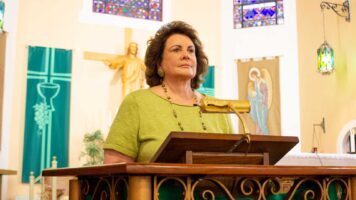
Sicilians began immigrating to America for jobs, as did many from other European countries. There was a lot of poverty in Sicily, which consisted mostly of feudal farming communities; there was no industry there. With little to no education, hunger and a better way of life led many Sicilians to come to America and, with that, they were willing to do whatever kind of labor that was needed. (I believe the late 1800s and early 1900s saw the largest influx of Sicilian immigrants to the U.S.)
An immigrant or relative from his home town, already established in Ybor City and West Tampa, had to ‘sponsor’ another immigrant. Word of mouth spread, so many came from Santo Stefano di Quisquina, Alessandria della Rocca, and other neighboring towns in the Province of Agrigento. When World War 1 began in 1914, it’s very possible that the threat of that war looming in the background, had encouraged many to leave their home country. (Editor’s note: Due to sponsorship requirements, it follows that many of Tampa’s Italian immigrants came from the same Italian location – some say up to 60% of Tampa’s Italians are from these towns in Agrigento!)
My grandfather’s first job in Tampa was as a street sweeper. That helped him send money to my grandmother in Sicily so she, my mother, and aunt could come to America–he arrived in 1912; an uncle came in 1913, and the others came in 1914.
Many of our local, older descendants today still speak what we call the Sicilian dialect, whereas in Sicily, they speak ‘pure Italian’. Many claim that the ‘antique Sicilian’ language is not a dialect–for lack of a better description, that’s how we identify it. (I’m lost with the Italian language when I travel to Sicily and Italy, because I only know the dialect–many words are similar, but there’s much I don’t understand.) Sicilians are considered Italians by mainland Italians, but many of us descendants still claim the Sicilian name.
Since many parts of The Godfather movies were filmed in Sicily, those films have the most realistic visions of those towns in Sicily [and they haven’t changed much to this day] as to why/how the immigrants arrived. Since the immigrants had little to no education and spoke no English, many were given their last names of the towns from which they’d immigrated. Many names, when translated, show how some were named after a road, town, or something as simple as a tree or some other descriptive means of identification. The names of many residents in Tampa today still carry their ancestors’ names, as do immigrants from other countries.
I visited there a couple of times…very small but interesting villages. In Santo Stefano, we went to the church and cave where Santa Rosalia had hidden; we also went to the basement in the church where the bodies of the local priests were kept…an interesting, yet scary sight-seeing (dried) corpses hanging on the walls.

Our guest author this week is Clarisse Castro, who also serves you as a Parish Council member